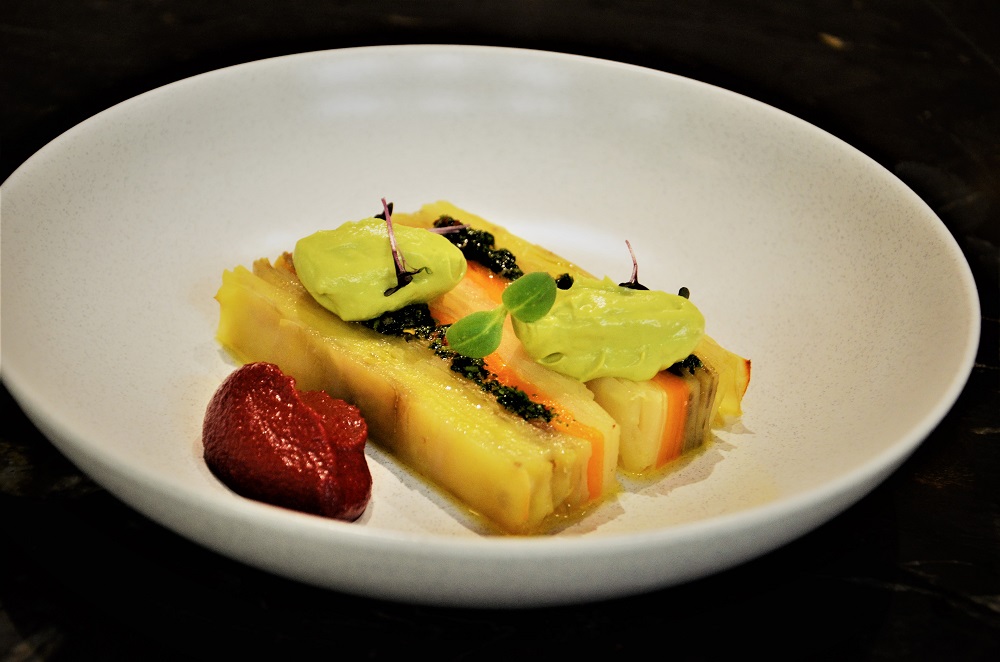Swedes and parsnips aren’t related – parsnips are clearly related to carrots, while swedes are a hybrid of the turnip and the cabbage – but both have a sweet and delicate flavour and are incredibly versatile.
Swedes are more available in winter and taste better after a good frost; therefore the best swedes in New Zealand are reputed to be those grown in Southland. The leaves are eaten in many countries. However, it's the edible roots that are commercially available in New Zealand. Swedes can be eaten raw if fresh and young. Older swedes can be boiled, mashed, stir-fried, roasted, puréed, steamed, baked, glazed or pickled. Flavourings such as nutmeg, parsley, coriander and black pepper go well with swedes.
Parsnips make delicious chips or wedges; are suitable for braises or stews; use in stir-fries, salads, pies, soups, soufflés. Older and tougher parsnips may need to be peeled, while young parsnips do not. Cooking time depends on the size of the pieces and the age of the parsnip; the cooked pieces should be tender but still firm.
Parsnip and swede work well together – Jinu Abraham, group executive chef of CPG Hotels, uses both in his pressed winter vegetables. The vegetables are served with chimichurri and a beet cranberry puree.
WORLDWIDE INSPIRATION

Swede fondue at Vedge Restaurant, Philadelphia. The vegetable is roasted and mashed with potato, onion, white wine and miso. @vedgephiladelphia, Philadelphia

Shoestring parsnip fries. @triplepeakpaleo, Los Angeles

Parsnip loaf cake with orange frosting. @hellofrifran, London






